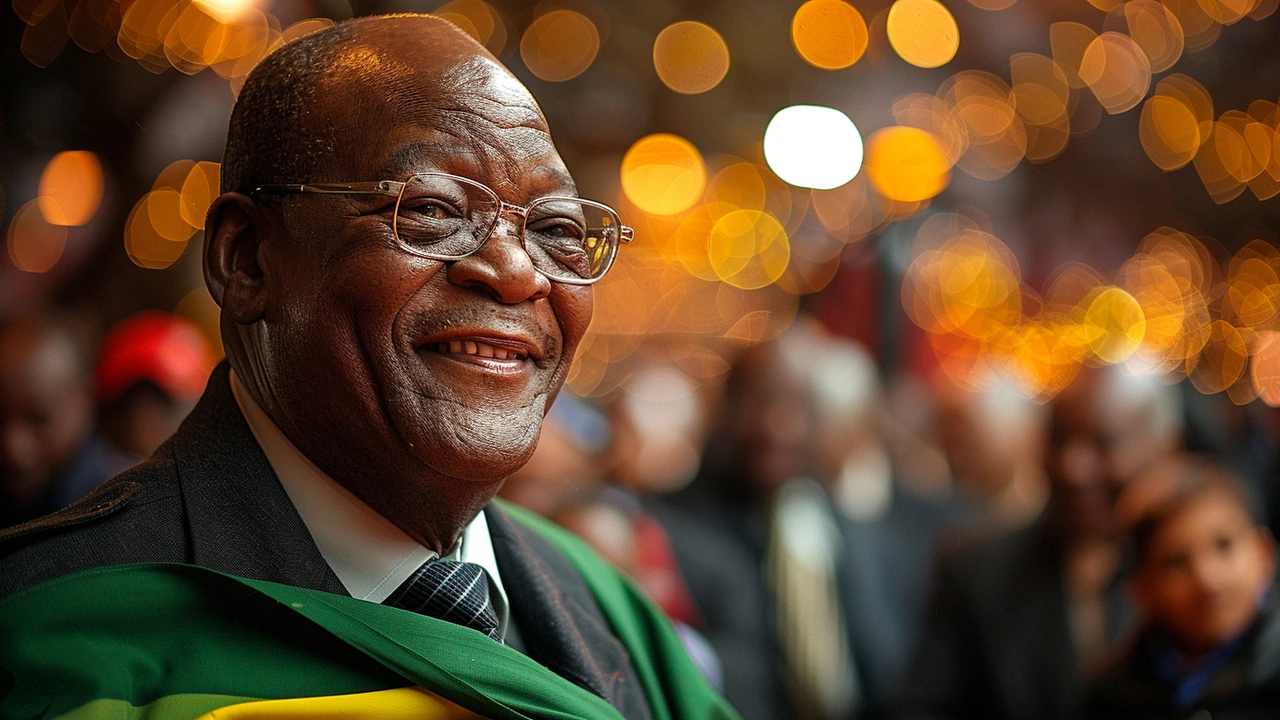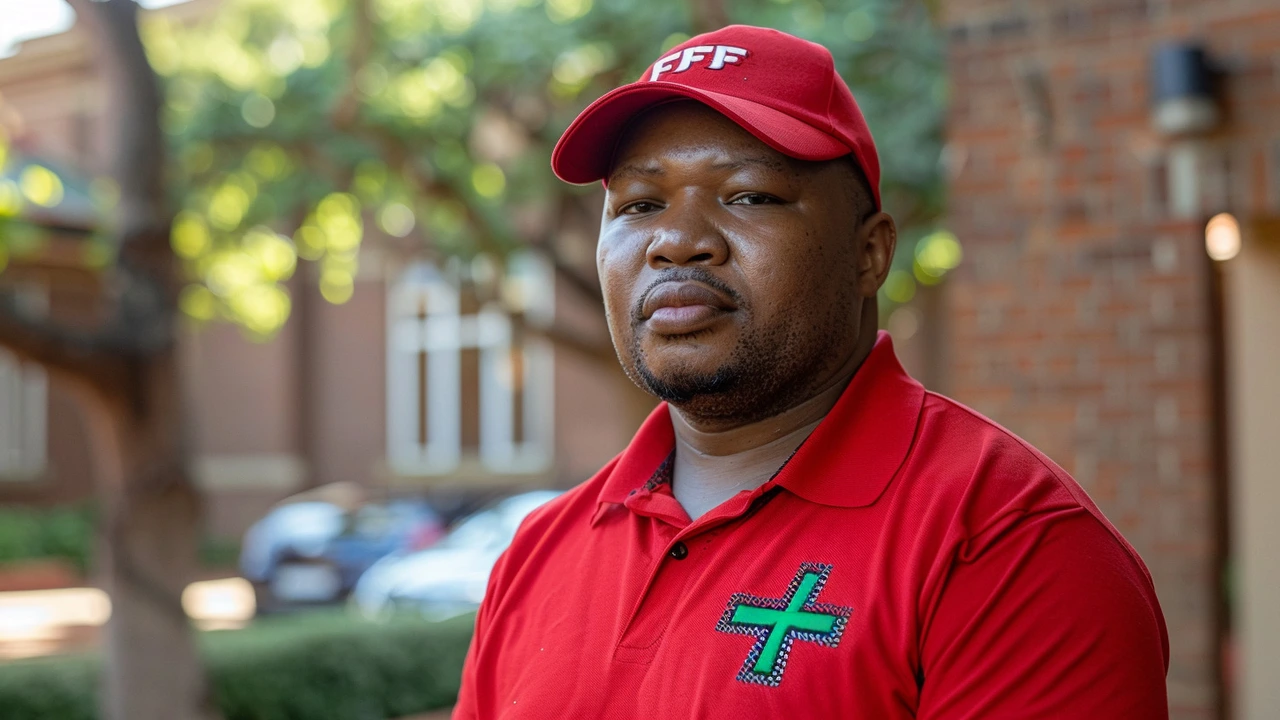Vote rigging: how to spot it and what to do
Vote rigging is any deliberate effort to change or steal the outcome of an election. It happens many ways: stuffing ballots, altering results on transmission, deleting names from voter rolls, intimidation at polling stations, fake IDs, and coordinated vote buying. Knowing the common tricks helps citizens spot problems fast and act.
Signs to watch for are often obvious. Unexplained turnout spikes in a few wards, identical handwriting on multiple ballots, long delays in official counts, sudden network failures when results are due, and limited access for observers or journalists. If agents from any party prevent monitors from entering or photographing counts, that is a serious red flag. Media reports of threats against voters, lists of voters moved from one district to another, or trucks carrying boxes of ballots at night are all warning signs.
Why it matters goes beyond who wins. Rigged elections destroy trust, weaken institutions, and can trigger protests or violent unrest. Economies suffer because investors avoid uncertain countries. For democracy to work, citizens must trust that votes matter and that leaders were chosen fairly.
If you suspect rigging, act quickly but safely. First, document what you see: take photos or videos, write down times, locations, names, and vehicle details. Watch for screenshots of official result pages or suspicious spreadsheets and save them. Then contact the local electoral commission and explain the issue. Most election bodies have hotlines and complaint forms; use those and ask for a written acknowledgement.
Next, inform credible observer groups, local NGOs, or international observers present in your country. Share evidence with journalists who check facts before publishing. Avoid spreading unverified claims on social media — that can cause panic and help manipulators. If you fear for your safety, find a trusted local election monitor or human rights group that can escalate the case.
How can communities reduce vote rigging? Train and deploy neutral poll agents from civil society, publish real-time turnout and scan copies of counted ballots where legal, and demand independent audits after close races. Technical fixes also help: secure electronic transmission with end-to-end encryption, auditable paper trails for every vote, and bipartisan teams overseeing ballot transport.
What officials should do
Electoral bodies must publish transparent procedures, allow observers full access, and investigate any claim promptly. They should also use clear chain-of-custody rules for ballots and make results available in machine-readable formats.
How you can help
Volunteer with local observer groups, report irregularities, and push for legal reforms like stricter penalties for bribery and tampering. Vote monitoring works best when many citizens stay alert and share verified information with authorities and watchdogs.
Use mobile reporting apps and official hotlines to submit time-stamped evidence. If there are party agents at your station, note their names and badge numbers. Ask for a signed copy of the count sheet before you leave. Join community briefings after voting to compare local results with official tallies. Small steps like these catch errors early and make it harder for fraud to stick. Stay calm and report responsibly immediately.

